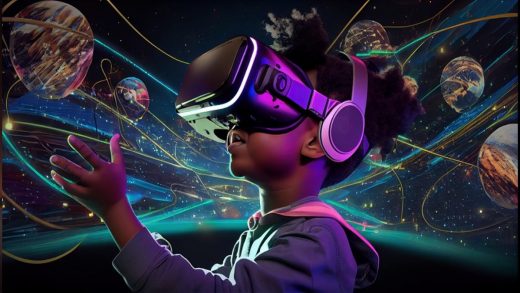
Supercomputing is transforming scientific research at NASA, aiding discoveries that span from our planet to the farthest reaches of space. At the International Conference for High Performance Computing (SC24), NASA is showcasing how this technology supports critical missions, including the Artemis programme, sustainable aviation, and studies of cosmic phenomena. Dr Nicola Fox, Associate Administrator for NASA’s Science Mission Directorate, is set to highlight these advances in her keynote, “NASA’s Vision for High Impact Science and Exploration,” on 19 November.
Redesigning Artemis Launch Systems
Supercomputers at NASA Ames have been pivotal in refining the Artemis II launch environment. The report from NASA revealed that simulations of the rocket plume interacting with the sound suppression system revealed how pressure waves from exhaust gases contributed to damage during Artemis I. These findings have informed redesigns of the flame deflector and mobile launcher to ensure astronaut safety for Artemis II, slated for 2025.
Optimising Aircraft for Fuel Efficiency
Efforts at NASA Ames are also addressing the future of aviation. By using computational models to refine aircraft wing and fuselage designs, researchers aim to reduce drag and improve fuel efficiency. These simulations demonstrated a potential 4% reduction in drag on existing designs, contributing to greener aviation goals.
Artificial Intelligence Enhancing Weather Forecasting
AI is playing a key role in weather and climate predictions. A model called Prithvi WxC, developed by NASA and IBM, uses vast datasets to create accurate forecasts. With 2.3 billion parameters, it can simulate complex phenomena like hurricane paths and climate shifts, providing valuable insights into extreme weather events.
Unravelling Neutron Star Mysteries
Simulations at NASA’s Goddard Space Flight Center are advancing the understanding of neutron stars. By combining supercomputing with data from observatories like NICER, researchers have gained insights into phenomena such as pulsars’ magnetic structures and extreme gravitational environments.
Modelling the Sun’s Activity
Detailed 3D models of solar plasma are helping scientists at NASA Ames study the Sun’s turbulent activity. These simulations explore processes driving solar flares and coronal mass ejections, which impact technologies on Earth.
Visualising Scientific Data for Clarity
NASA’s visualisation tools make complex data accessible. Recent projects include simulations of carbon dioxide emissions and solar events, turning raw data into clear, actionable insights for researchers and the public.
Through high-performance computing, NASA continues to unlock mysteries of the universe and develop solutions to challenges on Earth.



